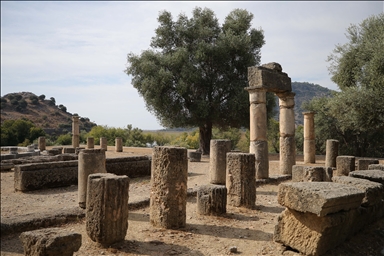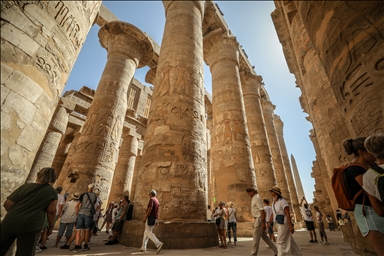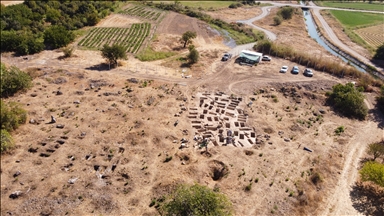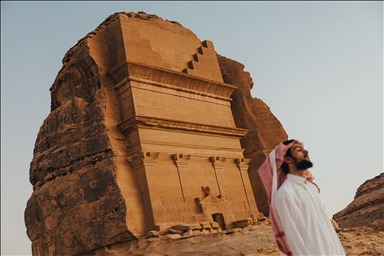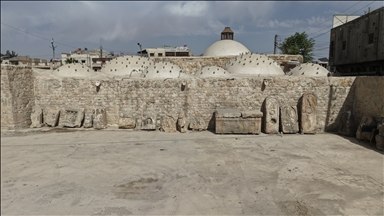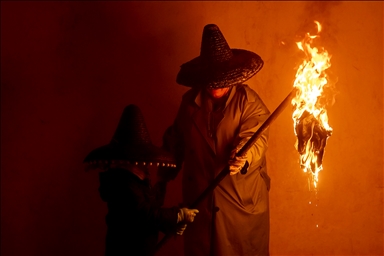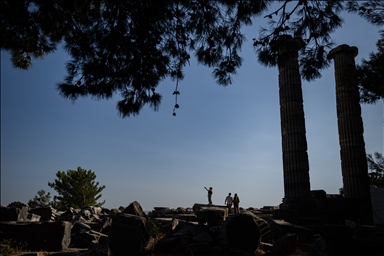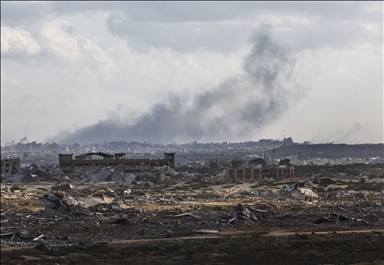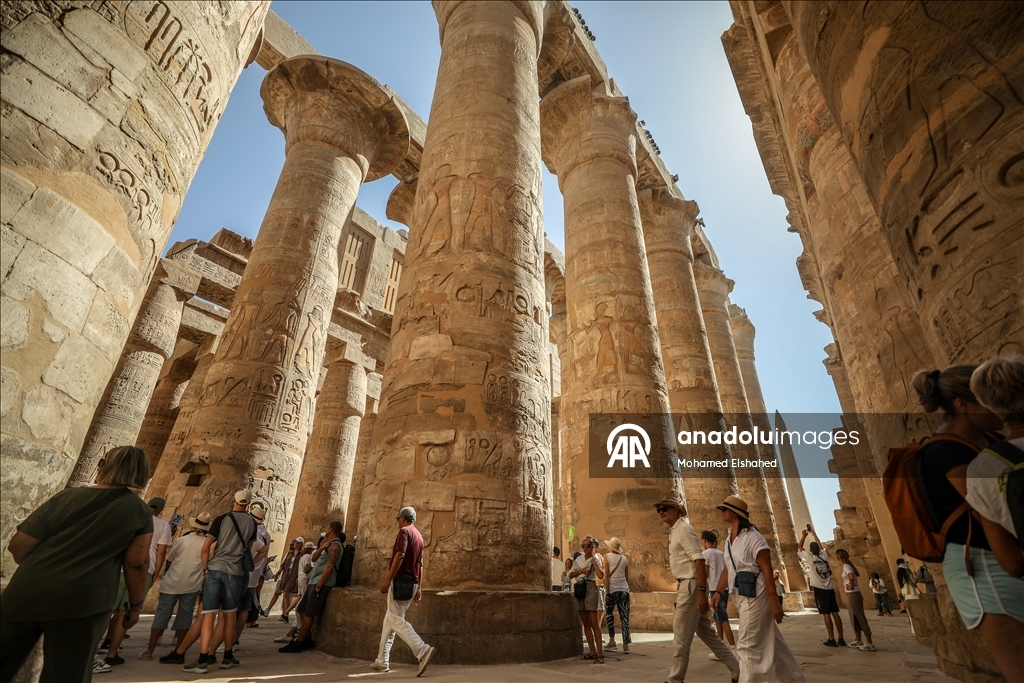
Karnak Temple, which sheds light on Egyptian history, is visited by thousands of tourists every year
LUXOR, EGYPT - OCTOBER 05: Tourists visit the Karnak Temple complex, the largest ancient religious site in the world and an open-air museum that sheds light on pharaonic history in Luxor, Egypt on October 05, 2025. The Karnak Temple complex, the second most visited ancient site in Egypt after the Giza Pyramids, took about 2,000 years to build. The temple complex, which provides important information about Egyptian history and mythology, contains columns, statues and sphinxes. The Luxor temple was built in the 14th century BC in the name of Amun-Ra, the greatest of the Egyptian gods. ( Mohamed Elshahed - Anadolu Agency )
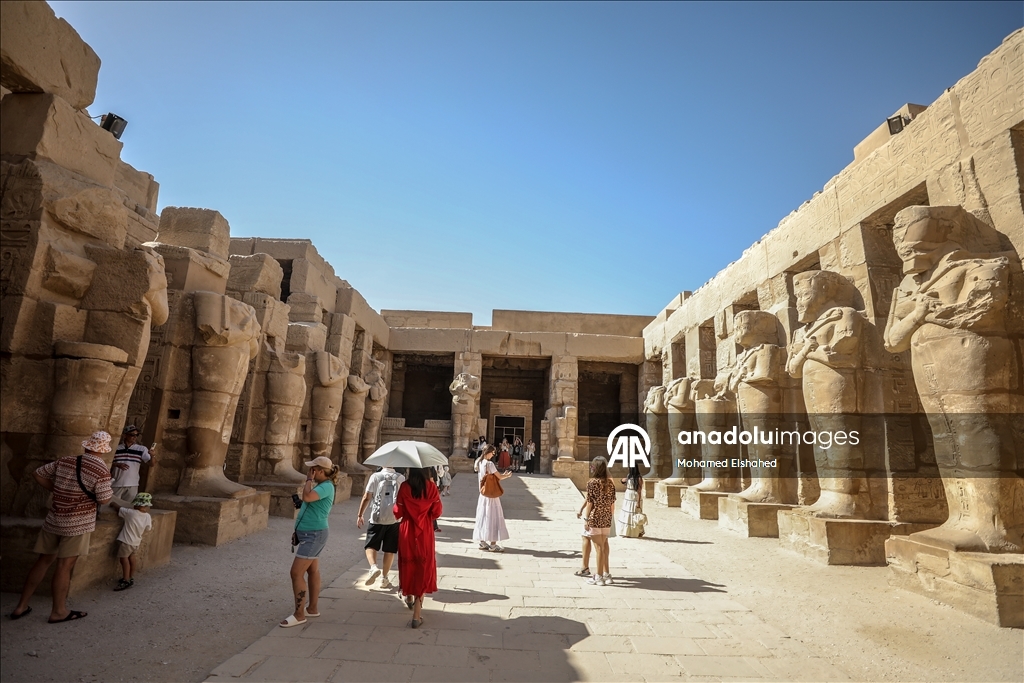
LUXOR, EGYPT - OCTOBER 05: Tourists visit the Karnak Temple complex, the largest ancient religious site in the world and an open-air museum that sheds light on pharaonic history in Luxor, Egypt on October 05, 2025. The Karnak Temple complex, the second most visited ancient site in Egypt after the Giza Pyramids, took about 2,000 years to build. The temple complex, which provides important information about Egyptian history and mythology, contains columns, statues and sphinxes. The Luxor temple was built in the 14th century BC in the name of Amun-Ra, the greatest of the Egyptian gods. ( Mohamed Elshahed - Anadolu Agency )
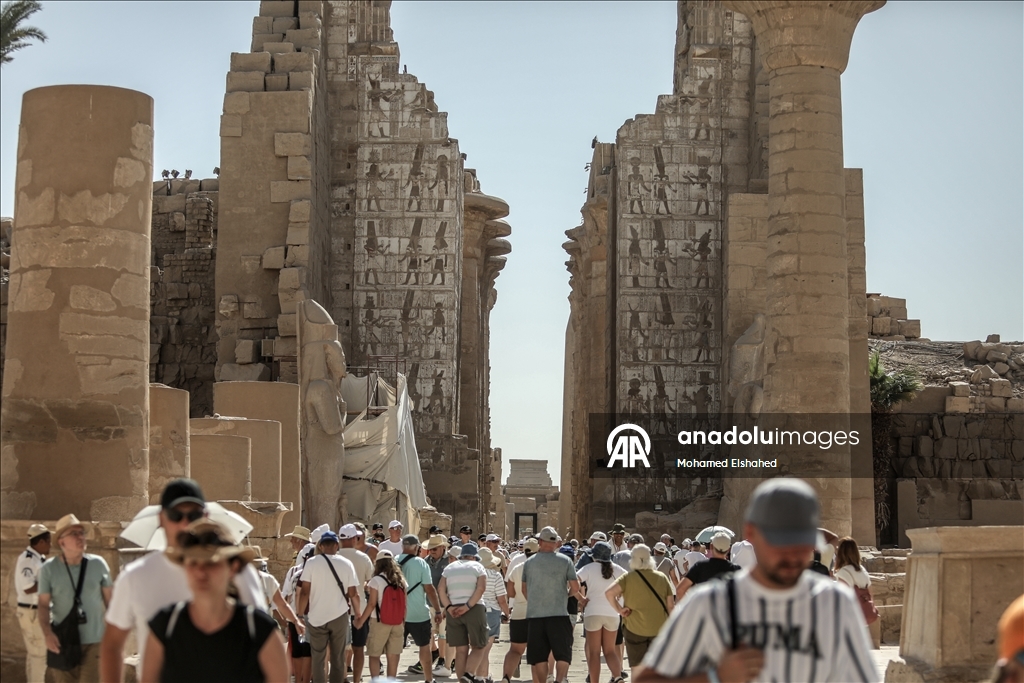
LUXOR, EGYPT - OCTOBER 05: Tourists visit the Karnak Temple complex, the largest ancient religious site in the world and an open-air museum that sheds light on pharaonic history in Luxor, Egypt on October 05, 2025. The Karnak Temple complex, the second most visited ancient site in Egypt after the Giza Pyramids, took about 2,000 years to build. The temple complex, which provides important information about Egyptian history and mythology, contains columns, statues and sphinxes. The Luxor temple was built in the 14th century BC in the name of Amun-Ra, the greatest of the Egyptian gods. ( Mohamed Elshahed - Anadolu Agency )
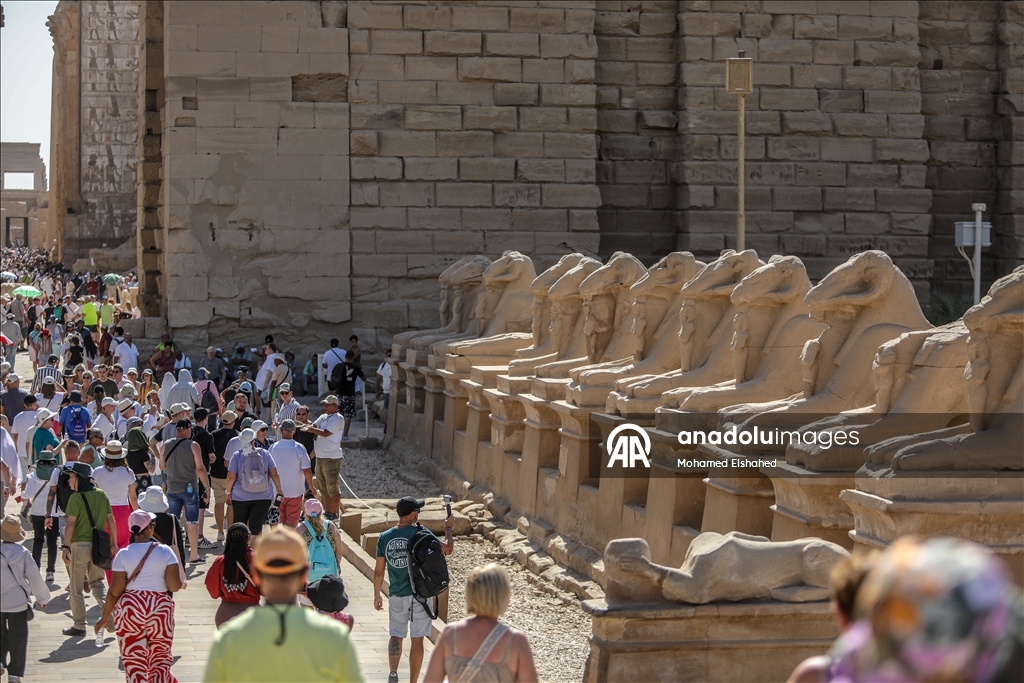
LUXOR, EGYPT - OCTOBER 05: Tourists visit the Karnak Temple complex, the largest ancient religious site in the world and an open-air museum that sheds light on pharaonic history in Luxor, Egypt on October 05, 2025. The Karnak Temple complex, the second most visited ancient site in Egypt after the Giza Pyramids, took about 2,000 years to build. The temple complex, which provides important information about Egyptian history and mythology, contains columns, statues and sphinxes. The Luxor temple was built in the 14th century BC in the name of Amun-Ra, the greatest of the Egyptian gods. ( Mohamed Elshahed - Anadolu Agency )
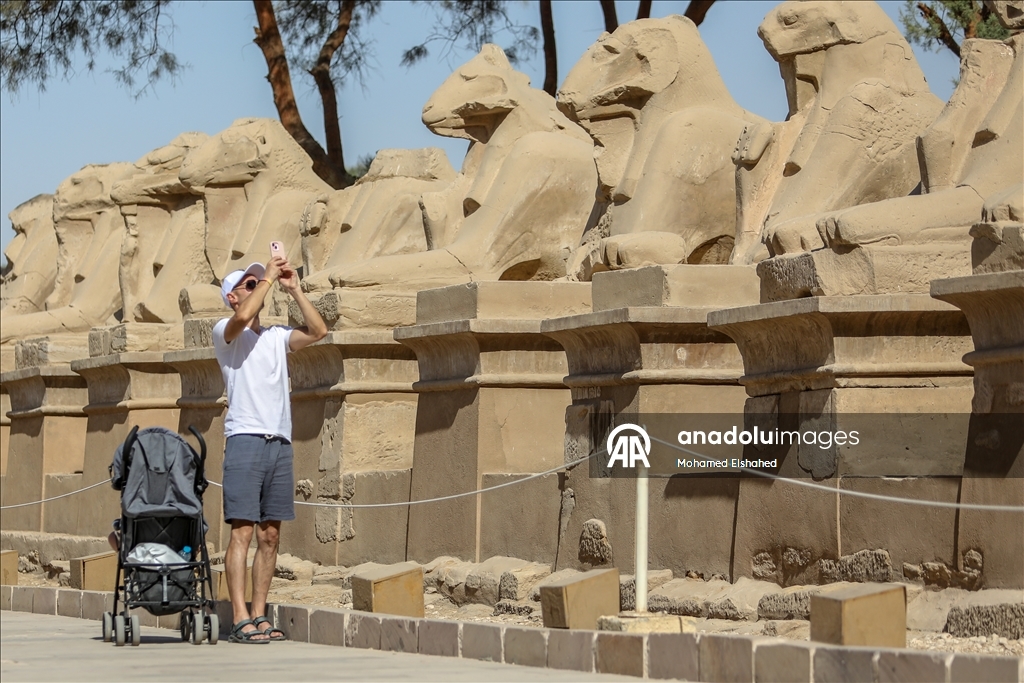
LUXOR, EGYPT - OCTOBER 05: Tourists visit the Karnak Temple complex, the largest ancient religious site in the world and an open-air museum that sheds light on pharaonic history in Luxor, Egypt on October 05, 2025. The Karnak Temple complex, the second most visited ancient site in Egypt after the Giza Pyramids, took about 2,000 years to build. The temple complex, which provides important information about Egyptian history and mythology, contains columns, statues and sphinxes. The Luxor temple was built in the 14th century BC in the name of Amun-Ra, the greatest of the Egyptian gods. ( Mohamed Elshahed - Anadolu Agency )
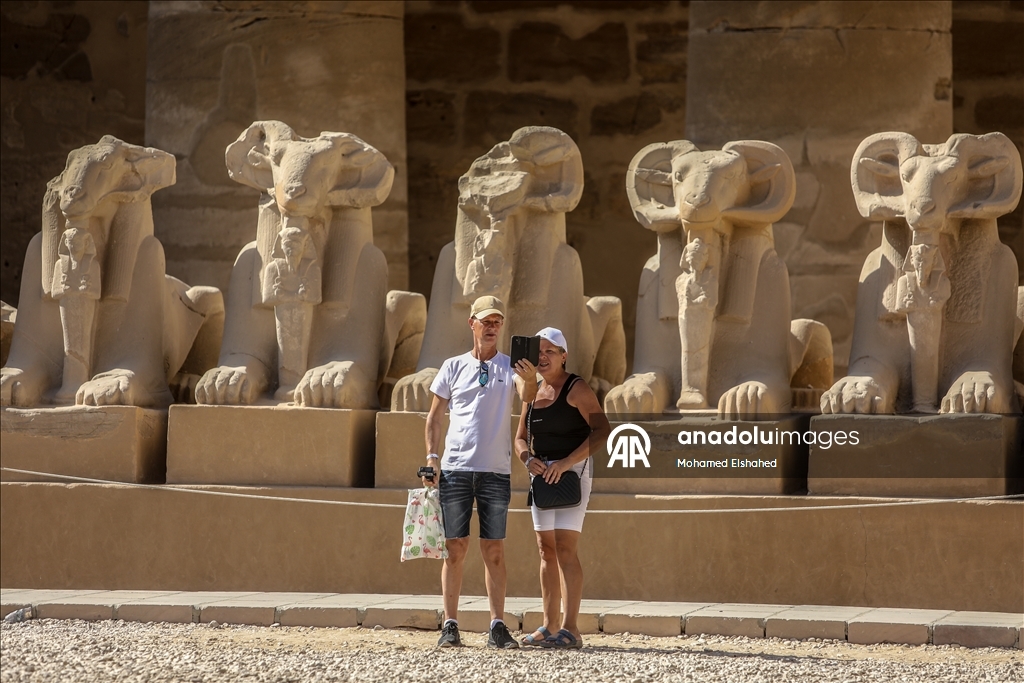
LUXOR, EGYPT - OCTOBER 05: Tourists visit the Karnak Temple complex, the largest ancient religious site in the world and an open-air museum that sheds light on pharaonic history in Luxor, Egypt on October 05, 2025. The Karnak Temple complex, the second most visited ancient site in Egypt after the Giza Pyramids, took about 2,000 years to build. The temple complex, which provides important information about Egyptian history and mythology, contains columns, statues and sphinxes. The Luxor temple was built in the 14th century BC in the name of Amun-Ra, the greatest of the Egyptian gods. ( Mohamed Elshahed - Anadolu Agency )
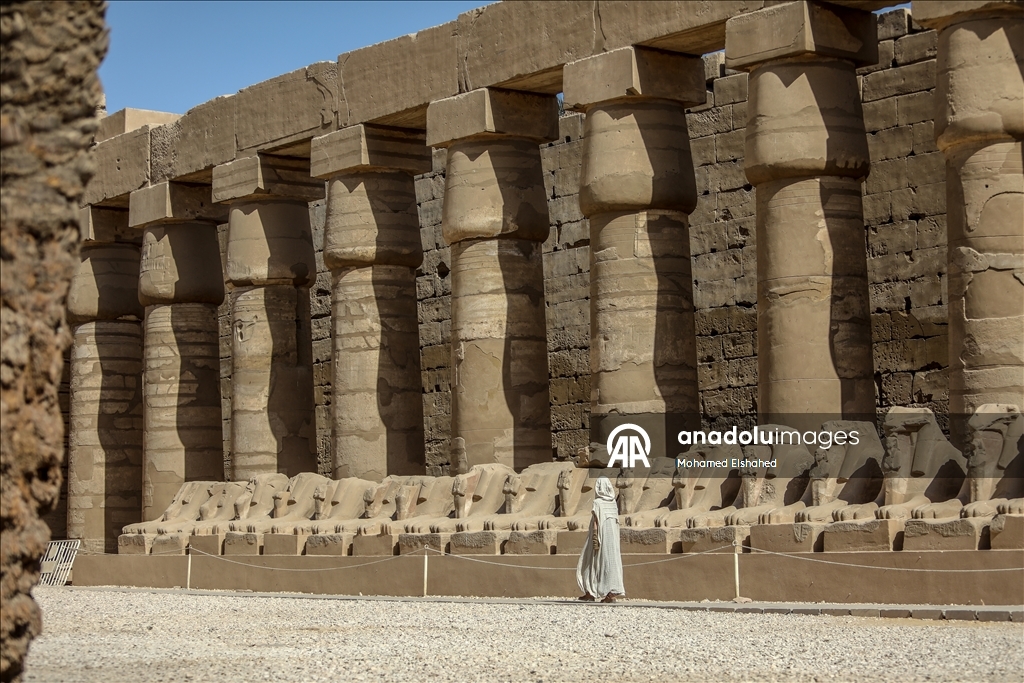
LUXOR, EGYPT - OCTOBER 05: Tourists visit the Karnak Temple complex, the largest ancient religious site in the world and an open-air museum that sheds light on pharaonic history in Luxor, Egypt on October 05, 2025. The Karnak Temple complex, the second most visited ancient site in Egypt after the Giza Pyramids, took about 2,000 years to build. The temple complex, which provides important information about Egyptian history and mythology, contains columns, statues and sphinxes. The Luxor temple was built in the 14th century BC in the name of Amun-Ra, the greatest of the Egyptian gods. ( Mohamed Elshahed - Anadolu Agency )
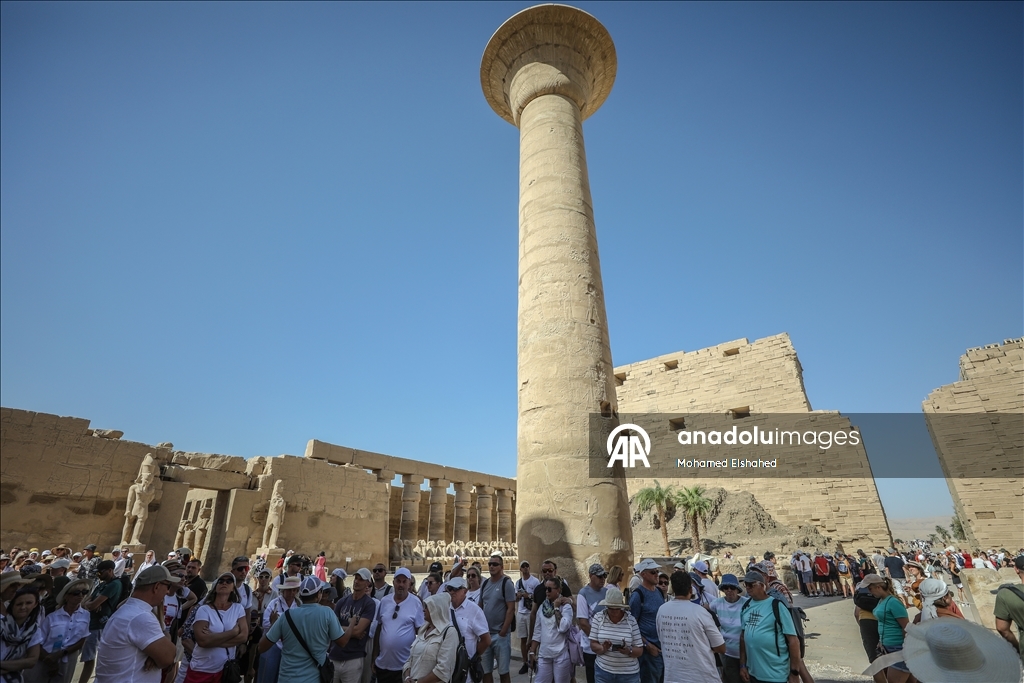
LUXOR, EGYPT - OCTOBER 05: Tourists visit the Karnak Temple complex, the largest ancient religious site in the world and an open-air museum that sheds light on pharaonic history in Luxor, Egypt on October 05, 2025. The Karnak Temple complex, the second most visited ancient site in Egypt after the Giza Pyramids, took about 2,000 years to build. The temple complex, which provides important information about Egyptian history and mythology, contains columns, statues and sphinxes. The Luxor temple was built in the 14th century BC in the name of Amun-Ra, the greatest of the Egyptian gods. ( Mohamed Elshahed - Anadolu Agency )
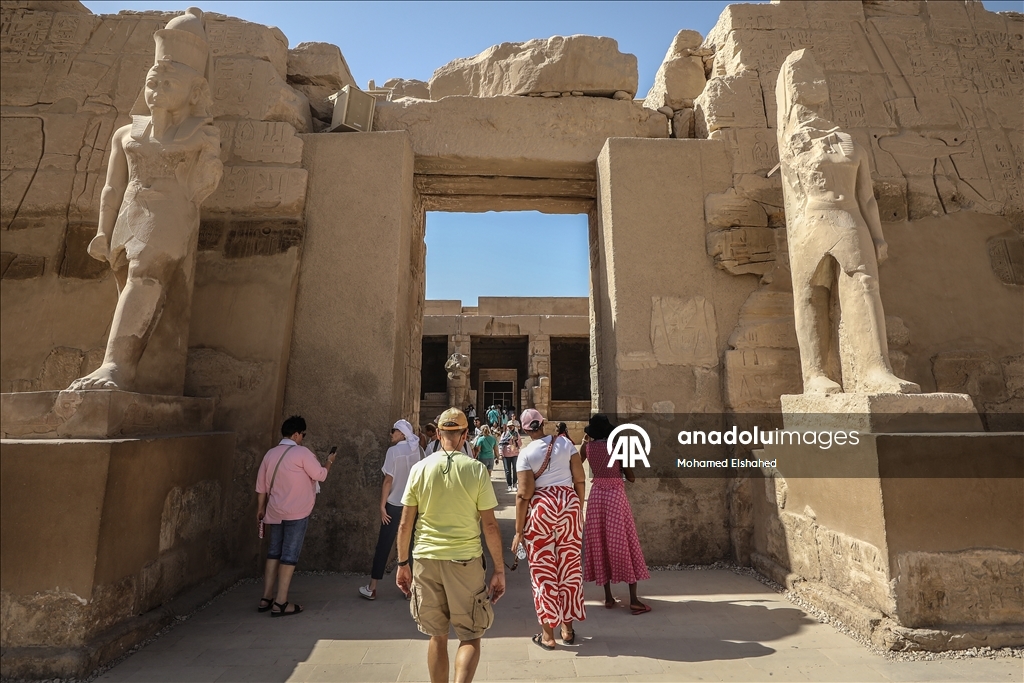
LUXOR, EGYPT - OCTOBER 05: Tourists visit the Karnak Temple complex, the largest ancient religious site in the world and an open-air museum that sheds light on pharaonic history in Luxor, Egypt on October 05, 2025. The Karnak Temple complex, the second most visited ancient site in Egypt after the Giza Pyramids, took about 2,000 years to build. The temple complex, which provides important information about Egyptian history and mythology, contains columns, statues and sphinxes. The Luxor temple was built in the 14th century BC in the name of Amun-Ra, the greatest of the Egyptian gods. ( Mohamed Elshahed - Anadolu Agency )
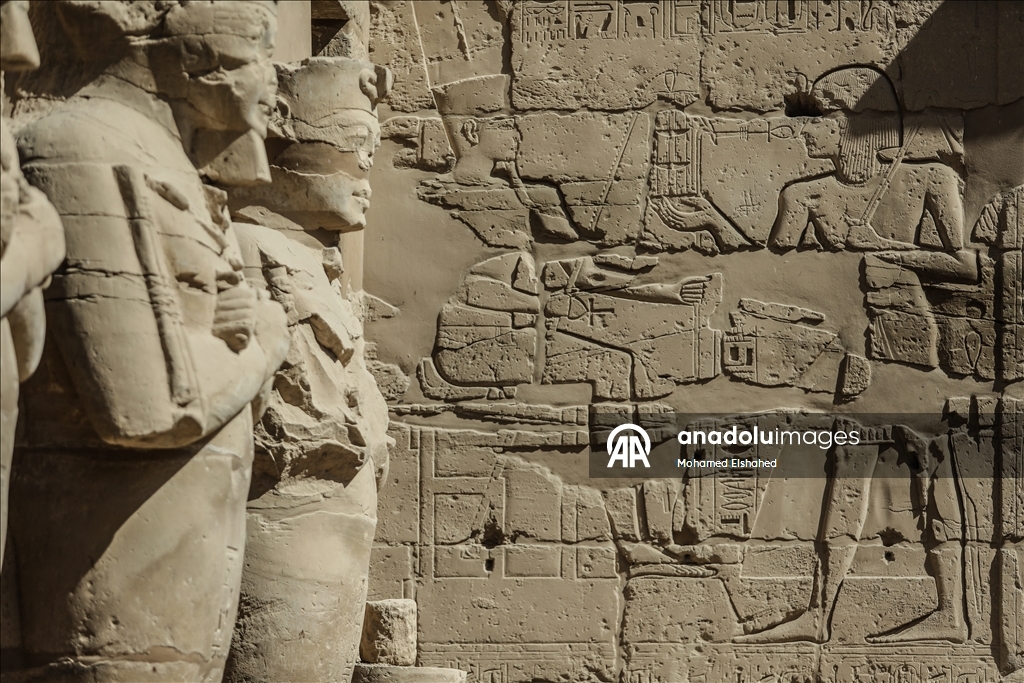
LUXOR, EGYPT - OCTOBER 05: Figures and inscriptions carved on the walls are seen as tourists visit the Karnak Temple complex, the largest ancient religious site in the world and an open-air museum that sheds light on pharaonic history in Luxor, Egypt on October 05, 2025. The Karnak Temple complex, the second most visited ancient site in Egypt after the Giza Pyramids, took about 2,000 years to build. The temple complex, which provides important information about Egyptian history and mythology, contains columns, statues and sphinxes. The Luxor temple was built in the 14th century BC in the name of Amun-Ra, the greatest of the Egyptian gods. ( Mohamed Elshahed - Anadolu Agency )


